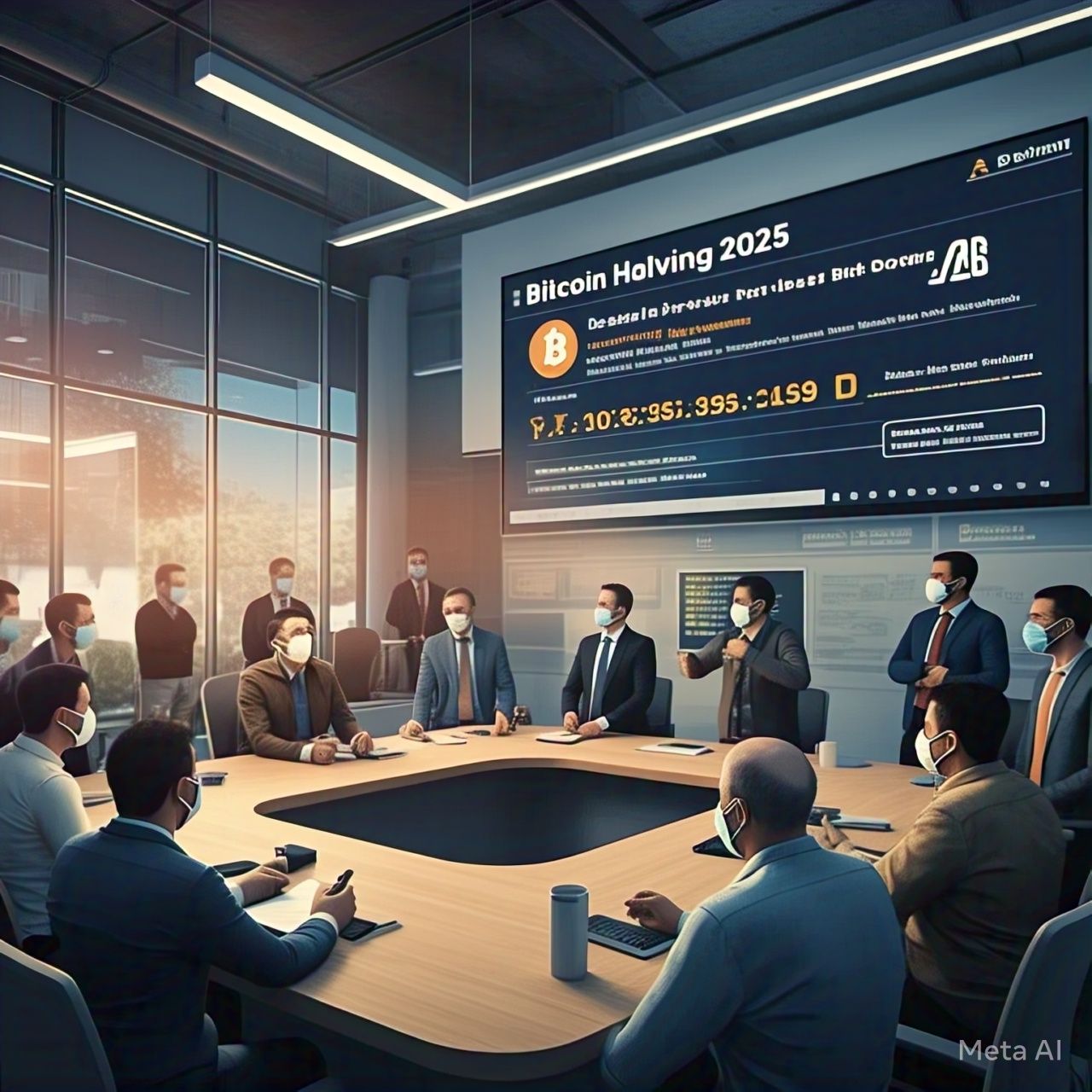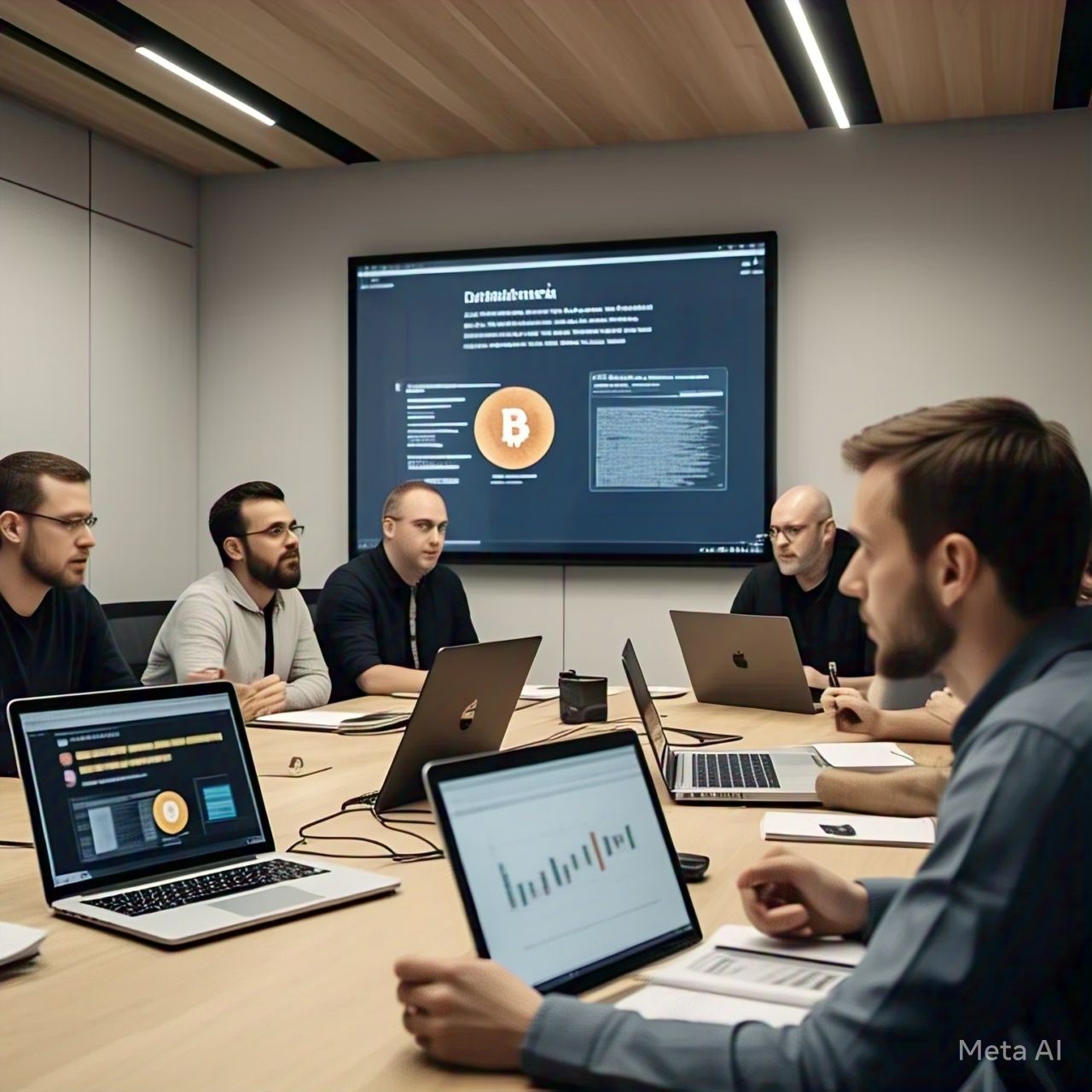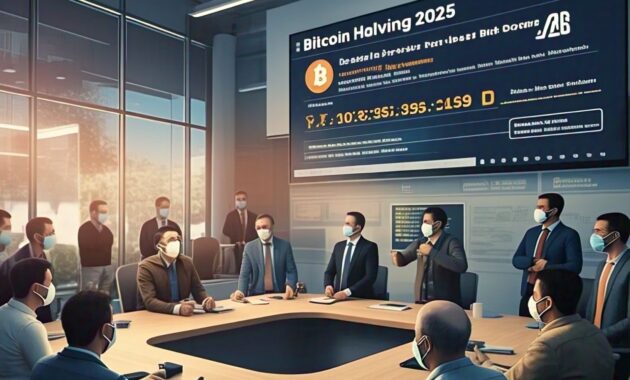Decentralized Finance (DeFi) has emerged as one of the most disruptive forces in the financial industry, reshaping how individuals and institutions interact with money, lending, and trading. As we move into 2025, DeFi continues to evolve, bringing forth groundbreaking innovations while also facing significant challenges. This article explores the latest advancements in DeFi, potential obstacles, and what the future holds for this decentralized financial revolution.
The Evolution of DeFi: A Brief Overview
DeFi began as an experimental movement within the cryptocurrency space, driven by the vision of eliminating intermediaries such as banks and financial institutions. Initially built on Ethereum, DeFi applications (dApps) offered users access to lending, borrowing, yield farming, and decentralized exchanges (DEXs). Over the years, the ecosystem has expanded to multiple blockchain networks, incorporating innovations such as Layer 2 scaling, cross-chain interoperability, and algorithmic stablecoins.
In 2025, DeFi is no longer a niche sector but a core component of the global financial infrastructure, offering new opportunities while addressing past inefficiencies.
New Innovations in DeFi in 2025
1. AI-Powered DeFi Protocols
Artificial intelligence (AI) is playing a crucial role in optimizing DeFi platforms. AI-driven trading bots, risk management systems, and smart contract auditing tools enhance efficiency and security. By leveraging machine learning, DeFi protocols can analyze user behavior, detect fraudulent activities, and automate investment strategies.
2. Cross-Chain DeFi Ecosystem
Interoperability remains one of the biggest focuses in DeFi 2025. New protocols such as Polkadot, Cosmos, and LayerZero have enabled seamless cross-chain asset transfers, eliminating the need for centralized exchanges. Users can now access liquidity from multiple blockchains, increasing the efficiency and accessibility of DeFi markets.
3. Institutional DeFi Adoption
Regulatory clarity and the rise of hybrid DeFi models have attracted institutional investors. Traditional financial firms now integrate DeFi services, such as tokenized assets and on-chain derivatives, into their offerings. This shift has resulted in deeper liquidity and reduced volatility in DeFi markets.
4. Decentralized Identity and KYC Solutions
A major breakthrough in 2025 is the adoption of decentralized identity (DID) and Know Your Customer (KYC) solutions. Privacy-preserving KYC mechanisms, such as Zero-Knowledge Proofs (ZKP) and Self-Sovereign Identity (SSI), allow users to verify their identities without revealing sensitive information. This development has made DeFi more compliant with global regulations while maintaining decentralization.
5. Sustainable and Energy-Efficient DeFi Protocols
The shift towards sustainable blockchain solutions has led to the rise of energy-efficient DeFi protocols. Networks using Proof-of-Stake (PoS), sharding, and AI-driven energy optimization are reducing the carbon footprint of DeFi transactions, making the industry more environmentally friendly.
6. Real-World Asset Tokenization
DeFi in 2025 has extended beyond digital assets, integrating real-world assets (RWA) such as real estate, commodities, and bonds into blockchain ecosystems. Tokenization allows fractional ownership, making high-value investments more accessible to retail users while improving liquidity for traditional markets.
7. Enhanced DeFi Security and Smart Contract Audits
Security remains a top priority, with AI-driven audit systems, decentralized insurance, and bug bounty programs becoming standard practice. The adoption of Formal Verification methods for smart contracts has significantly reduced vulnerabilities and exploits.
Challenges Facing DeFi in 2025
Despite rapid advancements, DeFi still faces several hurdles that must be addressed for sustainable growth.
1. Regulatory Uncertainty and Compliance
Governments worldwide continue to grapple with regulating DeFi without stifling innovation. Compliance frameworks such as on-chain KYC, decentralized governance models, and hybrid DeFi solutions are being explored to align DeFi with financial regulations while preserving decentralization.
2. Scalability Issues and Network Congestion
Even with advancements like Ethereum 2.0 and Layer 2 solutions, some DeFi applications still experience scalability challenges, particularly during peak transaction periods. Innovations such as sharding, zk-rollups, and alternative blockchain solutions are helping to alleviate these issues, but they require further refinement.
3. Smart Contract Risks and Exploits
Security vulnerabilities remain a concern, with hackers continuously discovering new ways to exploit DeFi protocols. Although AI-powered audits and improved coding standards have enhanced security, the risk of financial losses due to smart contract failures persists.
4. Liquidity Fragmentation Across Chains
With the proliferation of multiple blockchain networks, liquidity is often fragmented across different ecosystems. Cross-chain bridges and interoperability protocols have improved, but liquidity aggregation across all chains remains a challenge.
5. Usability and User Experience (UX)
Despite technological advancements, DeFi platforms still struggle with usability. Complex interfaces, high gas fees, and the learning curve for new users hinder mass adoption. Improved UX design and mobile-friendly DeFi applications are helping to address these issues, but there is still room for improvement.
6. Market Volatility and Economic Sustainability
DeFi markets remain highly volatile, with significant price swings affecting both retail and institutional investors. Algorithmic stablecoins, synthetic assets, and improved risk management strategies are being implemented to create a more stable DeFi ecosystem.
The Future of DeFi Beyond 2025
As DeFi continues to evolve, several key trends are expected to shape the industry’s future:
1. AI-Driven Autonomous Finance (AutoFi)
The integration of AI and automation will lead to fully autonomous financial ecosystems, where smart contracts manage lending, trading, and investment strategies without human intervention.
2. Quantum-Resistant Cryptographic Solutions
With advancements in quantum computing, DeFi protocols must adopt quantum-resistant cryptographic solutions to ensure long-term security against potential quantum attacks.
3. Central Bank Digital Currency (CBDC) Integration
Governments and central banks are developing digital currencies (CBDCs), and their integration with DeFi could bridge the gap between traditional finance and decentralized ecosystems.
4. Hybrid DeFi and Traditional Finance Models
The rise of hybrid models, where DeFi and traditional finance (TradFi) coexist, will lead to more regulatory-friendly decentralized financial services, attracting mainstream adoption.
5. Expansion of the Metaverse and Web3 DeFi
The growing metaverse economy will integrate DeFi solutions such as decentralized lending, virtual asset trading, and NFT-backed loans, making DeFi a fundamental component of the digital economy.
Conclusion
DeFi in 2025 has made significant strides in innovation, security, and adoption, yet it still faces regulatory, scalability, and usability challenges. The fusion of AI, decentralized identity solutions, and cross-chain interoperability will drive the next phase of DeFi’s growth.
While risks remain, the continued evolution of DeFi presents an exciting future where financial services become more inclusive, transparent, and efficient. As technology advances, DeFi is set to redefine the global financial system, making decentralized finance a mainstream alternative to traditional banking.
As we move beyond 2025, staying informed about emerging trends and potential risks will be crucial for investors, developers, and policymakers. Whether DeFi will fully replace traditional finance remains uncertain, but its impact on the financial landscape is undeniable.















